Maxime Jakubowski
Shape Fragments
Dec 22, 2021
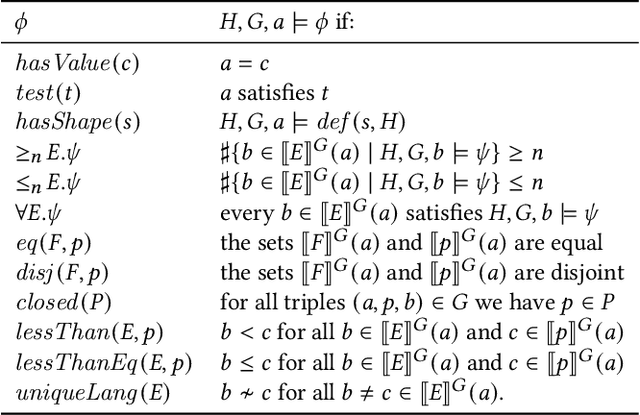
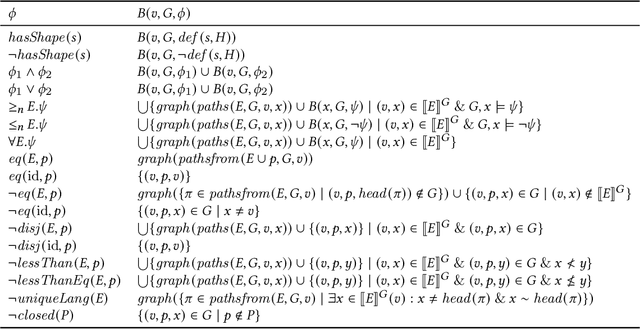
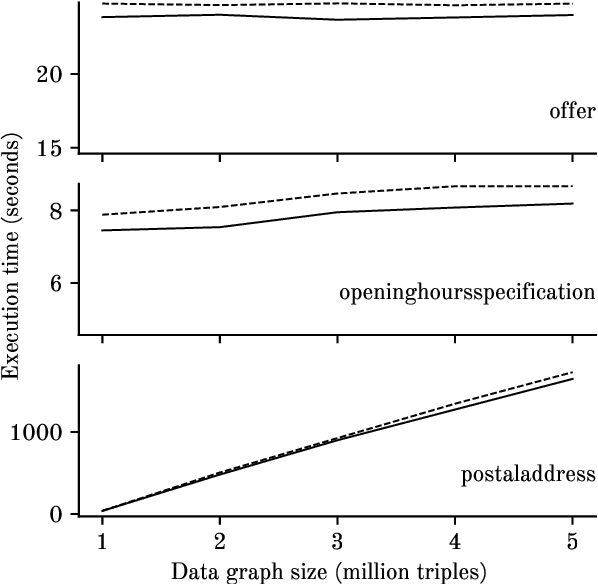
Abstract:In constraint languages for RDF graphs, such as ShEx and SHACL, constraints on nodes and their properties in RDF graphs are known as "shapes". Schemas in these languages list the various shapes that certain targeted nodes must satisfy for the graph to conform to the schema. Using SHACL, we propose in this paper a novel use of shapes, by which a set of shapes is used to extract a subgraph from an RDF graph, the so-called shape fragment. Our proposed mechanism fits in the framework of Linked Data Fragments. In this paper, (i) we define our extraction mechanism formally, building on recently proposed SHACL formalizations; (ii) we establish correctness properties, which relate shape fragments to notions of provenance for database queries; (iii) we compare shape fragments with SPARQL queries; (iv) we discuss implementation options; and (v) we present initial experiments demonstrating that shape fragments are a feasible new idea.
Fixpoint Semantics for Recursive SHACL
Sep 17, 2021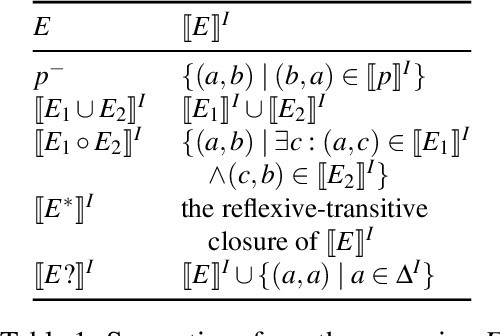
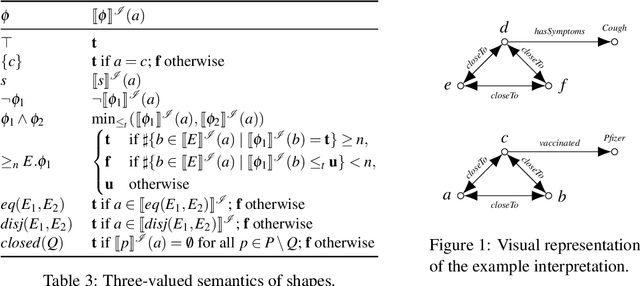
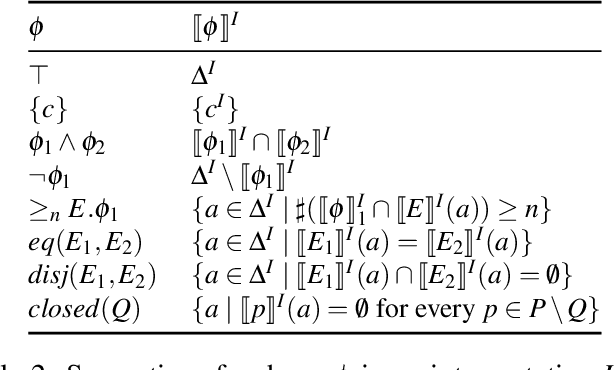
Abstract:SHACL is a W3C-proposed language for expressing structural constraints on RDF graphs. The recommendation only specifies semantics for non-recursive SHACL; recently, some efforts have been made to allow recursive SHACL schemas. In this paper, we argue that for defining and studying semantics of recursive SHACL, lessons can be learned from years of research in non-monotonic reasoning. We show that from a SHACL schema, a three-valued semantic operator can directly be obtained. Building on Approximation Fixpoint Theory (AFT), this operator immediately induces a wide variety of semantics, including a supported, stable, and well-founded semantics, related in the expected ways. By building on AFT, a rich body of theoretical results becomes directly available for SHACL. As such, the main contribution of this short paper is providing theoretical foundations for the study of recursive SHACL, which can later enable an informed decision for an extension of the W3C recommendation.
* In Proceedings ICLP 2021, arXiv:2109.07914
 Add to Chrome
Add to Chrome Add to Firefox
Add to Firefox Add to Edge
Add to Edge